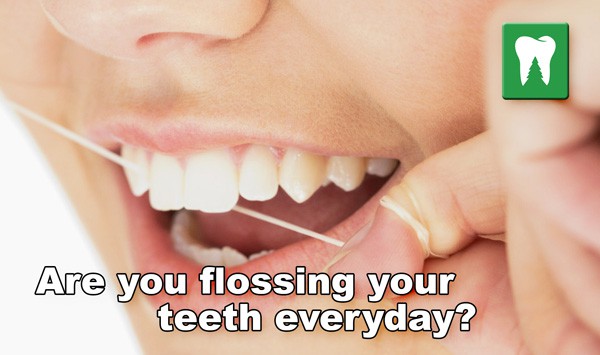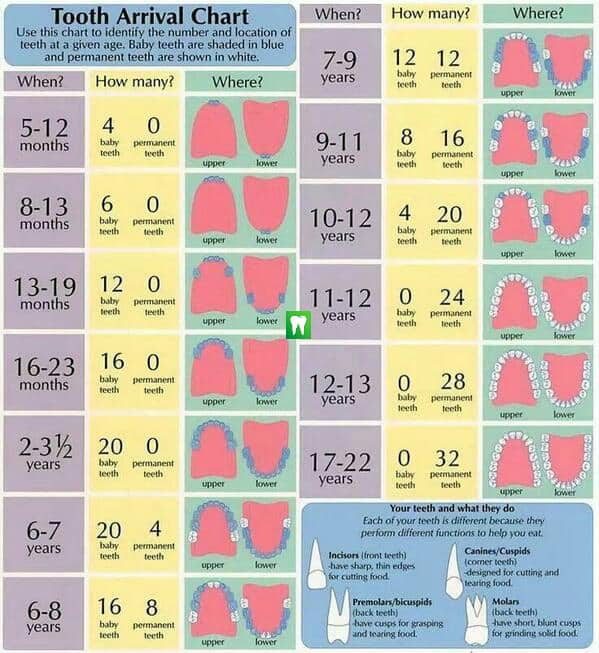Can chewing gum be good for your teeth?
Chewing gum has been popular since the time of the ancient Greeks, who chewed a tree sap called mastiche. In fact many civilizations have had their own version of chewing gum. The Ancient Mayans chewed a different sap called chicle. And when European settlers that came to New England, the Native Americans they first encountered introduced them to chewing spruce sap.
Chewing gum has come a long way since the days of chewing on tree sap. These days gum is made from a synthetic base with sweetener, softener, flavoring and coloring is a. Some brands claim to be good for your teeth, giving you fresh breath and a whiter smile. Its been estimated that the average American chews 300 pieces of gum each year. So is all that chewing helping or hurting your teeth?
The most significant threat that gum can pose to your teeth is the heightened risk of tooth decay due to sugar. Chewing gum that is made with sugar creates an ideal situation for tooth decay to occur as the acids that break down your tooth enamel thrive on the sugar released from the chewing gum. Lucky for us, the most significant advancement in the realm of modern gum chewing and our oral health has been the development of sugar-free gum.
With the sugar issue out of the way, chewing sugar-free gum can actually promote good oral health! Chewing gum causes your mouth to produce more saliva. The increased saliva flow helps to clean teeth by washing away debris and can actually strengthen enamel because it is rich in minerals that can be absorbed by your teeth.
Even more recently, research in PLoS ONE found that gum traps harmful bacteria that can cause dental cavities. The researchers calculated that a single piece of typical gum can trap up to 100,000,000 bacteria, or roughly ten percent of the microbial load in saliva. They further estimated that gum removes a similar amount of bacteria as flossing, but noted that flossing targets different areas of the mouth.
According to the American Dental Association, chewing sugar-free gum for 20 minutes following a meal is the best way to take advantage of these oral health benefits. If you want to make sure that your gum is going the extra mile, look for the ADA Seal on the packaging, which indicates that the gum company has presented scientific evidence linking the chewing of their gum to better oral health.
You might also be wondering about the many teeth whitening gums that are on the market today. These contain low doses of chemical tooth whitening agents. Though these tooth whiteners may be able to lighten the color of teeth, only a small amount of whitener is present in the gum. As a result, the change may be very slight, making regular use necessary to ensure that your teeth have prolonged exposure to the tooth whitening product. Even if a gum is not marketed as ”whitening,” increased saliva flow from gum chewing can prevent future tooth discoloration by washing away staining agents.
Obviously chewing gum is no replacement for cleaning teeth the old fashioned way with flossing and brushing, it can be a great way to keep your teeth clean and your breath fresh between meals when you are on the go. Your teeth are most vulnerable right after eating, so time your gum chewing accordingly.
Remember, your dentist is your best adviser when it comes to maintaining good oral health, so speak with your dentist about your oral hygiene routine to make sure your teeth stay healthy and beautiful. Don’t currently have a dentist? Call Bellingham Dental Group today to set up your first appointment! (360) 734-6190





